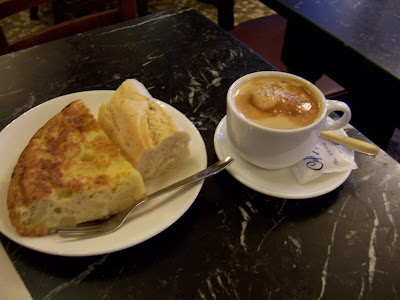Don’t get me wrong – I love the U.S. and it will always be my home. But the experience of living in Madrid is one that I will cherish (and I’m already thinking about when I can go back). Fortunately, Ernest Hemingway has already expressed similar sentiments in writing better than I ever could. So I’m going to give him the last word. Thanks to everyone for following along on my humble adventures. I hope you’ve enjoyed reading as much as I’ve enjoyed sharing my stories with you.
Madrid is a strange place anyway. I do not believe anyone likes it much when he first goes there. It has none of the look that you expect of Spain... Yet when you get to know it, it is the most Spanish of all cities, the best to live in, the finest people, and month in and month out the finest climate. While other big cities are all very representative of the province they are in, they are either Andalucian, Catalan, Basque, Aragonese, or otherwise provincial. It is in Madrid only that you get the essence... It makes you feel very badly, all question of immortality aside, to know that you will have to die and never see it again.
- Ernest Hemingway, quoted from The Spanish Game by Charles Cumming








































